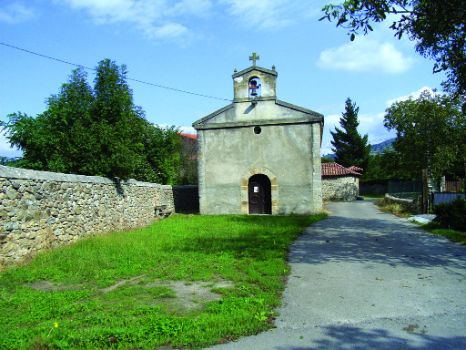
Net of Natural
Trails

Toranzo Valley Nature Trail. Ontaneda Route
Description
Ontaneda Route
The route begins on CA-602, next to the park by Alceda Health Spa. It follows the road that skirts the park, crosses the Vejoris Bridge over the River Pas and takes the left fork through grazing meadows that dominate the landscape of the valley.
The Trail continues towards Vejoris. After winding through this town, it continues amidst meadows and fields of crops to San Martín de Toranzo.

Once in the town, the route continues to a crossroad with the bus stop shelter at one side. Further on, at the intersection on the edge of the village, the route turns west onto a paved road to the left, next to the church, and leaves a park and a bowling alley to the left. It then continues to a green iron bridge with a wooden floor, where, it once again crosses over the River Pas.
After crossing the bridge, the route continues upstream to the left, and passes next to a sawmill. Further on, it arrives at an intersection with a small grass roundabout, and heads straight ahead along a paved path, with the gentle murmur of the river and songs of birds in the background.
Through willows (Salix sp.), ashes (Fraxinus sp.), alders (Alnus glutinosa), poplars (Populus sp.), hazels (Corylus avellana) and strawberry trees (Arbutus unedo) that bring life and colour to the landscape, the Trail reaches the municipal pool of Ontaneda. It heads to the intersection where the new Alceda park is situated, and continues along the paved road to the edge of the park. The Nature Trail skirts around the green area to reach a crossroads whence it reaches Alceda Health Spa and the end of this loop route.
Sites of interest
Profile

(Calculated according to the MIDE criteria for an average excursionist with a light load)
Highlights
Further information
Balneario de La Alceda (La Alceda spa)
Opened in July 2001, it has all the amenities of a modern hotel. It is located in a large park of centenary trees next to the River Pas, in the village of Alceda. Its unique location, at the geographic epicentre of Cantabria, allows travellers to enjoy not only the hot springs, but also some of the most important tourism sights of this autonomous region.
The Furta wetland
One of the greatest natural attractions of the council of Corvera is the La Furta Wetland, a natural reservoir famous for being the place of passage, breeding, hibernation, or resting of numerous aquatic birds such as swimming ducks, mallards, gadwalls, common and white-eyed pochards, and gray herons, among others. Due to this characteristic, in 2003 the wetland was classified as a Special Protection Area for Birds (SPA). This natural wonder has its own observatory, which collects much of the flora of the Corvera landscape.



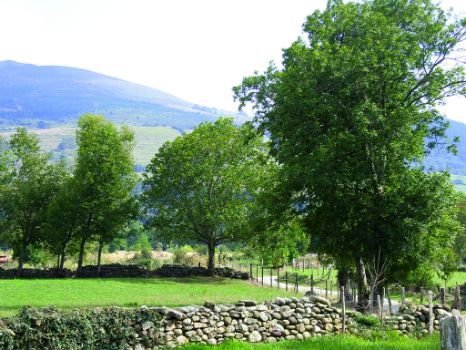
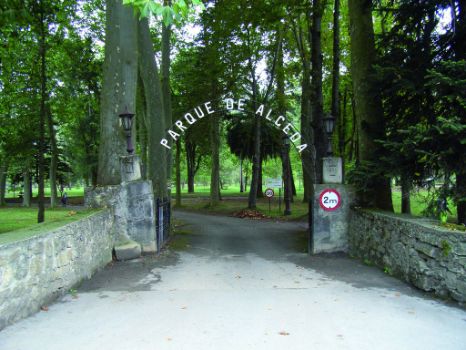
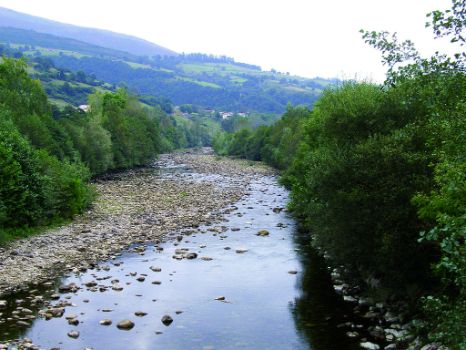
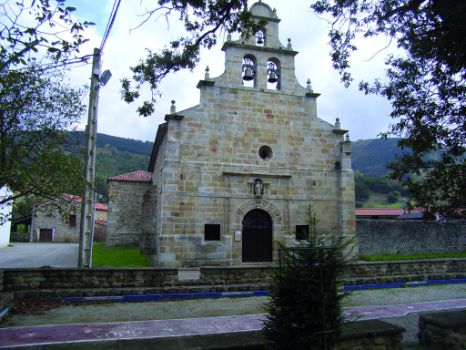
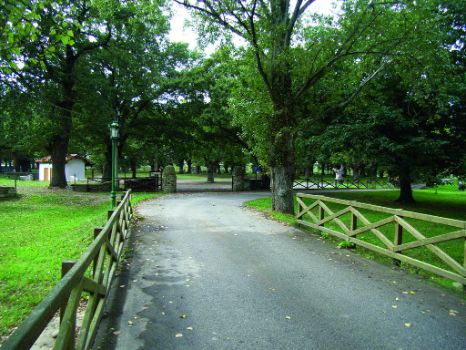
_148378.jpg/jcr:content/33_023.tif%20(2)_148378.jpg)
